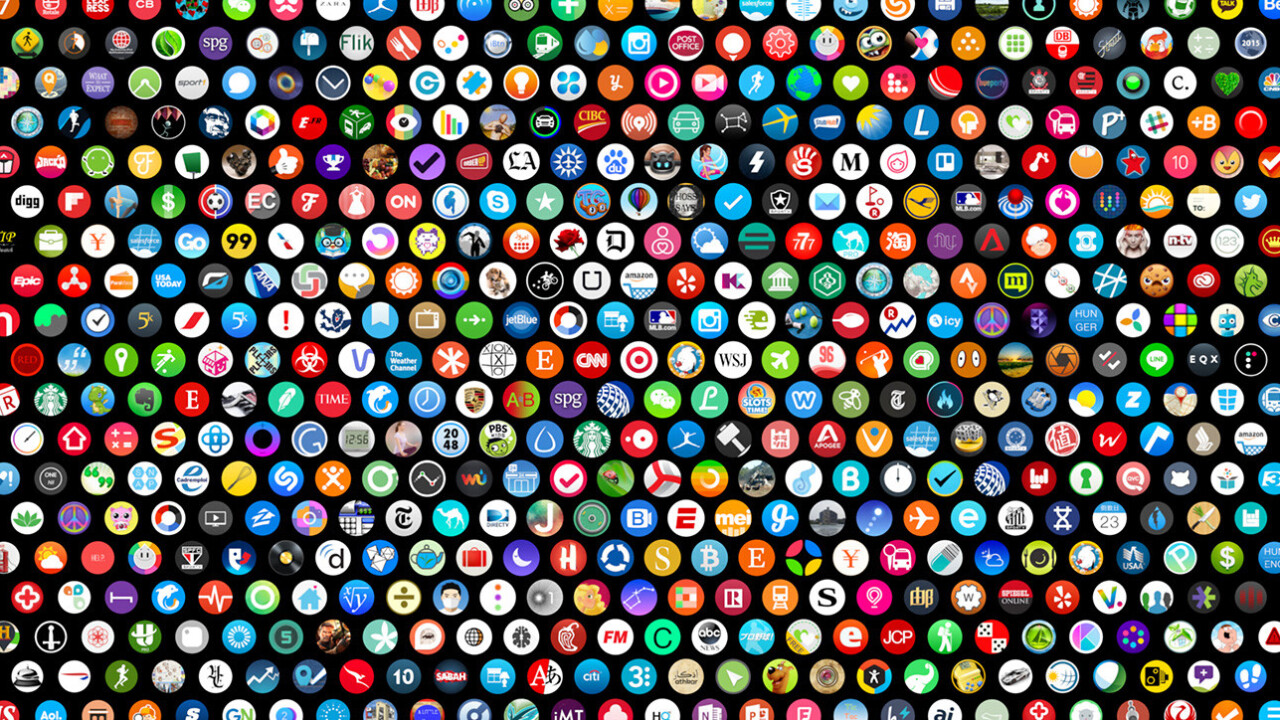
Remember the saying, “there’s an app for that”? It may be the case that there are too many apps for “that” these days. The number of available apps in the Google Play Store was placed at 3.3 million apps in September 2017. Apple’s App Store is the second-largest app store with 2.2 million available apps.
In such a cluttered space, even the best apps struggle to find an audience. And more so, understanding how and what users value in the best apps is also becoming increasingly difficult.
The good news is, there’s an app, well platform, for that too. With the rise of artificial intelligence (AI) and machine learning, app marketers and developers are gaining access to real-time insights to design better apps and successfully market them.
Intelligence comes at a time when data is becoming more and more available and also unwieldy. With the rise of the mobile, social, real-time, devices and apps offer helpful data that’s readily available to app developers and marketers. The challenge is that data is, well, big, making it difficult to mine through everything for design and audience insights.
Yet, there are important questions that still need answering…
- What will delight my users?
- Who are my most desirable audiences/markets?
- How do I connect with them?
- Who are my most profitable users?
- Where are they coming from?
- How do I keep existing users coming back and referring their peers?
Over the years, I’ve done a lot of work with Google in researching micro-moments and how consumers make decisions in mobile-first and mobile-only scenarios. Lately, I’ve also researched with Google the possibilities of AI/machine learning to enhance user and customer experiences.
When it comes to app dev and marketing, Jason Spero, VP, Global Performance Solutions at Google, recently shared examples of how AI/machine learning are helping apps and the app ecosystem leapfrog competition. I took away three things app developers and marketers need to consider:
1. The importance of exploring new horizons to expand user reach
AI/machine learning platforms can assess data from the most profitable and valuable users. But more so, these intelligent systems can assess similar profiles in complementary apps to gather additional insights such as engagement preferences, behavior, what videos they’re watching online and who may be in the market for relevant offers.
2. Understanding current and next-gen user experiences
User insights are just the beginning. AI/machine learning also improves how companies engage customers to cultivate more productive and personalized (really) experiences. The same insights are also analyzed and converted into marketing campaigns that help marketers reach the right user, with the right message at the right time on the right device.
3. The ability to upgrade the entire user journey
User experience is directly linked to customer experience, which is defined as the sum of all engagements a customer has with a company in each touchpoint, throughout the journey and throughout their lifecycle. It’s not one moment, it’s all the moments combined. Each moment needs to be personalized and memorable. That takes informed design. AI/machine learning helps marketers optimize everything especially, app store landing page, app homepage, user flow and in-app events.
These all add up to a significant competitive advantage for any company willing to enhance current development and marketing processes and perspectives. In fact, The Boston Consulting Group found that 85 percent of executives believe AI will allow their companies to obtain or sustain a competitive advantage.
The future of app marketing is rooted in human-centered engagement. This means that for AI and machine learning to be successful, marketers must understand what users value and align those insights with business objectives. Intelligent technologies can’t do that without human input…at least not yet.
Intelligent platforms are creating new opportunities for apps to stand out, cultivate more profitable users and more importantly, deliver personal and memorable experiences. The opportunity is there. Who will get to it first — you or your competitors?
Get the TNW newsletter
Get the most important tech news in your inbox each week.





